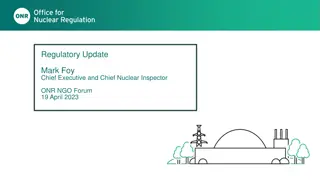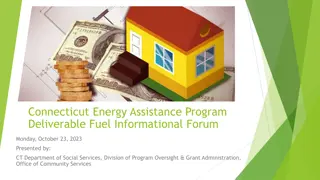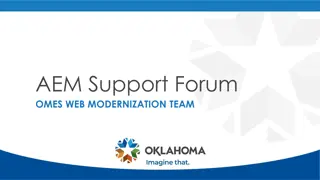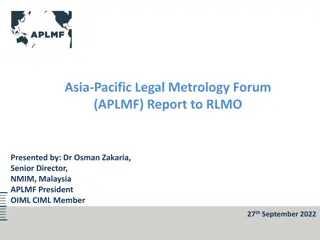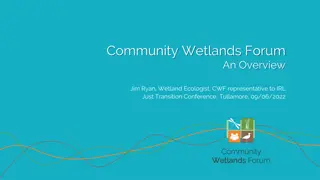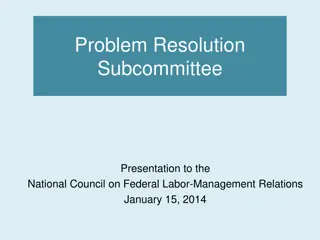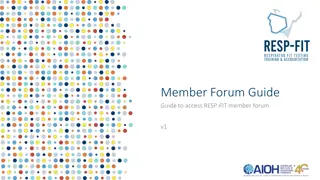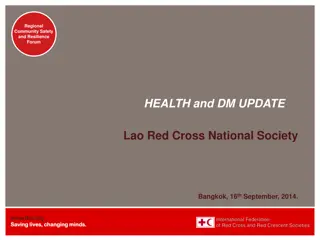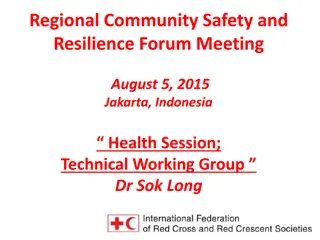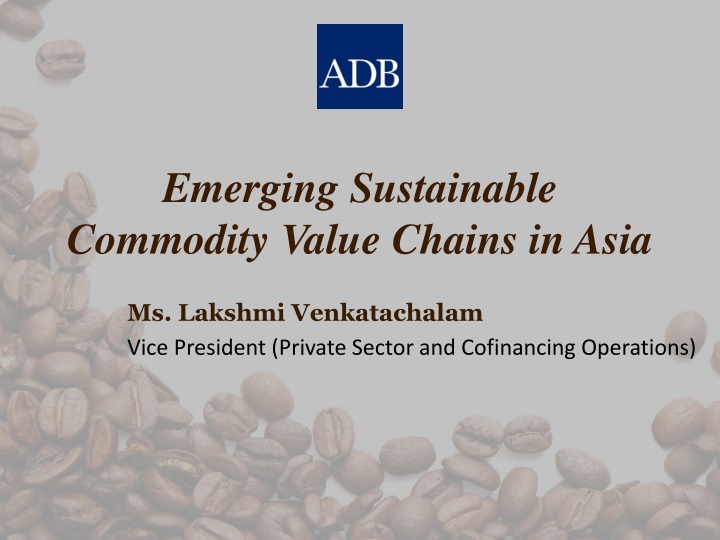
Sustainable Commodity Value Chains in Asia: Challenges and Opportunities
Explore the challenges and opportunities in emerging sustainable commodity value chains in Asia. Discover how corporate sourcing strategies, financing for small-scale farmers, and public-private partnerships play crucial roles in addressing food security concerns. Gain insights into the paradigm shift towards sustainable sourcing models and the importance of aggregation and financing for enhancing food security.
Download Presentation

Please find below an Image/Link to download the presentation.
The content on the website is provided AS IS for your information and personal use only. It may not be sold, licensed, or shared on other websites without obtaining consent from the author. If you encounter any issues during the download, it is possible that the publisher has removed the file from their server.
You are allowed to download the files provided on this website for personal or commercial use, subject to the condition that they are used lawfully. All files are the property of their respective owners.
The content on the website is provided AS IS for your information and personal use only. It may not be sold, licensed, or shared on other websites without obtaining consent from the author.
E N D
Presentation Transcript
Emerging Sustainable Commodity Value Chains in Asia Ms. Lakshmi Venkatachalam Vice President (Private Sector and Cofinancing Operations)
Outline Food security challenges Paradigm shift : new corporate sourcing strategies in a resource-scarce world Aggregation and financing for small scale farmers: significant for both corporate sourcing strategies and food security over long term Game changers: PPP provides fresh opportunities for aggregation and value chain financing Role of public sector What ADB does
Share of GDP per sector 1990 100% 80% 65.0% 56.3% Agriculture 60% 45.2% 44.8% Industry 36.7% 35.9% 34.7% 40% 32.4% Services 18.9% 18.5% 20% 9.0% 2.5% 0% Developing Asia Developing Europe Latin America and the Caribbean OECD 2010 (Latest available) 100% 75.0% 80% 62.7% 61.2% 60% 48.5% 40.8% 32.6% 40% 31.2% 23.6% 20% 10.7% 6.2% 6.1% 1.4% 0% Developing Asia Developing Europe Latin America and the Caribbean OECD
Share of employment per sector 1990 100% 80% 66.3% 61.6% 54.6% Agriculture 60% Industry 36.3% 40% 31.9% 31.8% 31.4% 26.6% Services 18.8% 17.4% 16.3% 20% 7.1% 0% Developing Asia Developing Europe Latin America and the Caribbean OECD 2008 (Latest available) 100% 80% 71.9% 59.2% 57.7% 60% 43.5% 32.9% 40% 28.0% 24.2% 24.2% 23.7% 16.5% 14.3% 20% 3.9% 0% Developing Asia Developing Europe Latin America and the Caribbean OECD
Paradigm Shift: Growing demand prospect and supply sustainability concerns are realigning global sourcing strategies. Source: FAO ( 2012) the State of the World s Land and Water Resources for Food and Agriculture
Aggregation & financing: areas where corporate sourcing strategies meet public interest for food security Sustainable and reliable corporate sourcing models Improvements in regional and household food security Enhanced Aggregation and Financing
Game Changers: emerging Public-Private Partnership for agricultural commodities = new financing and aggregation opportunities IDH Sustainable trade initiative World Economic Forum PPP initiatives A new global coalition for sustainable and ethical commodity market transformation among private companies, governments, and civil society technologies, inputs, marketing and financing support for sustainable production and certified exports to premium markets The PPP is transforming agriculture of some developing countries: Public-private partnership for each commodity task force End-to-end support to fill in financial, logistical and technical gaps to complete a viable business model for each commodity value chain 130 million public fund 1:1 matched by private investments Viet NamPublic and Private Task Force for Sustainable Agriculture : Indonesia PISAgro; and Maharashtra state in India More than 9 commodities (Cocoa, tea, palm oil, coffee etc.)
Asian Examples: Unprecedented national-scale PPP to develop a strong, sustainable & inclusive business case for each commodity VietnamPublic Private Task Force on Sustainable Agriculture Indonesia Sustainable Agriculture (PISAgro) A national PPP program (global and local companies, the governments, the research institute and civil society ) established in May 2010 A national PPP platform (the government, global and local companies, farmers organizations and civil society) established in June 2011 Scale: for coffee, the national research institute, all major companies and producers of Robusta are engaged. Scale: farming and technical packages for 50,000 farmers to date. Impacts to date: yield increase (20- 36% for cotton & tea) & income increase, export volume and a pilot for collateralized financing mechanism with Green Growth Initiative Impacts to date: 17-64% yield gain (dairy, corn and rice); adoption of sustainable farming; various pilot schemes of microfinance Source: World Economic Forum (2013) Achieving the New Vision for Agriculture: New Models for Action
IDH Palm Oil program in Indonesia Source: IDH (2013) Mainstreaming Sustainable Palm Oil
Challenges of the PPP model: scaling up to reach a transformative level Ongoing PPP Partnerships: young and small in scale. With up-front public support, private sector-initiated sourcing programs can be expanded in scale & variety. For expansion and upscaling: start-up investment (risk mitigation), effective policies and functioning markets indispensable. Public sector engagement for: (i) inclusion of smallholder farmers & their participation in profit sharing in the business cases; (ii) promotion of good agriculture practices.
The Role of Public Sector Invest in both physical and institutional infrastructure and development Start-up support for establishing business relations & leveraging value chain financing for farmers and critical intermediaries. Enabling policy and regulatory environment ADB: aiding development of inclusive and sustainable value chains Public Sector Operations Invests in infrastructure (rural roads, electricity, storage facilities, water etc) Enables policy and regulatory environment for developing agricultural commodity value chains and innovative financing mechanism Invests in institution building (cooperatives and farmers organizations with their supply links to distributors and processors)
ADB: aiding development of inclusive and sustainable value chains Private Sector Operations Trade Finance Program $4 billion total, $0.5 billion or 13% for agriculture in 2012. 2,000+ transactions supported over 1,600 SMEs, many of which in the agricultural sector New Supply Chain Finance Program Uses the credit standing of large corporate to benefit small suppliers Corporate Loans to Develop Value Chains Formalizes mainly unorganized value chains, aids vertical integration to bring agriculture corporates closer to the farm gate Brings income security to small farmers and improves efficiency, inclusiveness, and sustainability Post-harvest infrastructure: $18m loan to Champion Agro in India for post-harvest management and storage of fresh fruits and vegetables Secondary processing: $40 loan to RG Brands in Kazakhstan for UHT milk and fruit juice production Cold storage in port: $25m loan to Tianjin Logistics in PRC for storage of imported and exported of fresh food products Primary processing: $25m loan to PRAN in Bangladesh for flour and liquid glucose production



